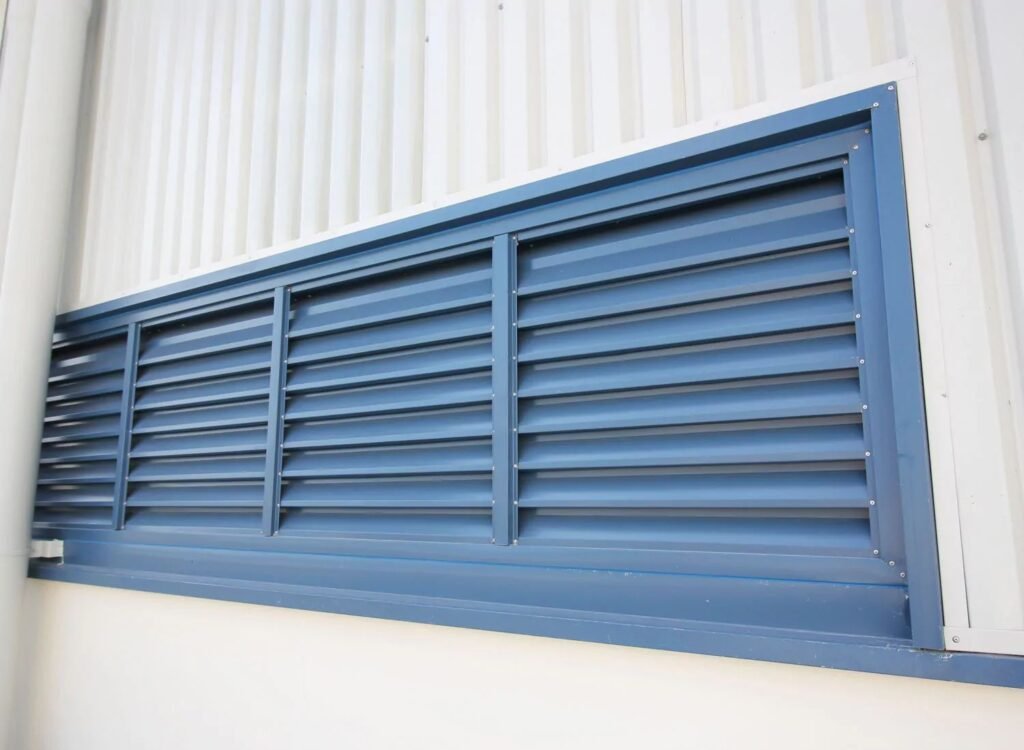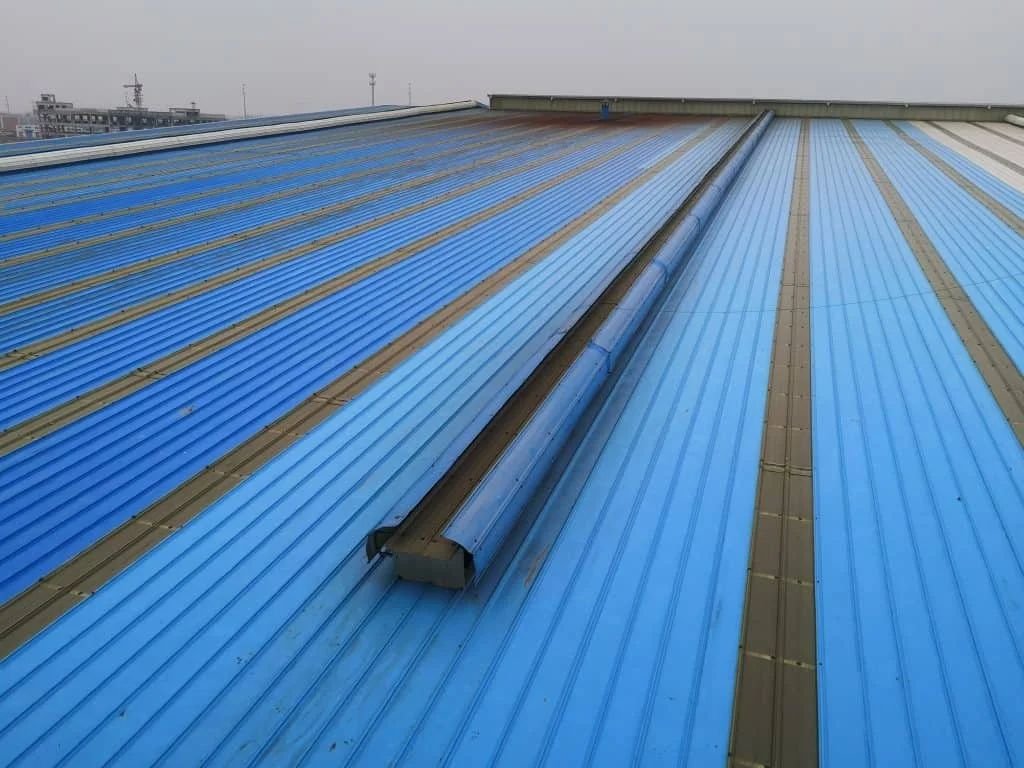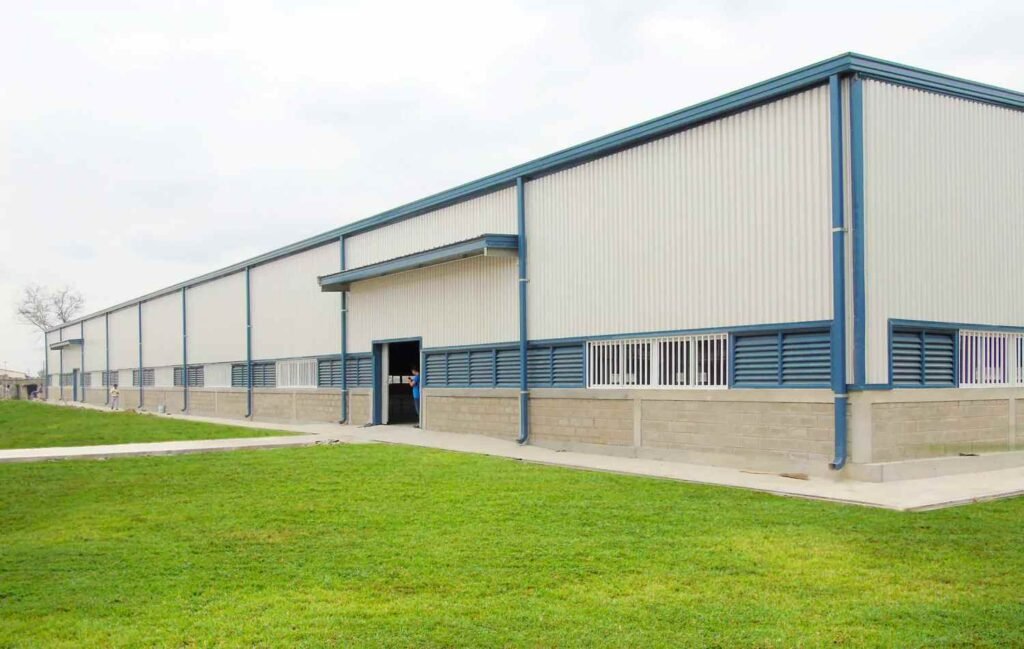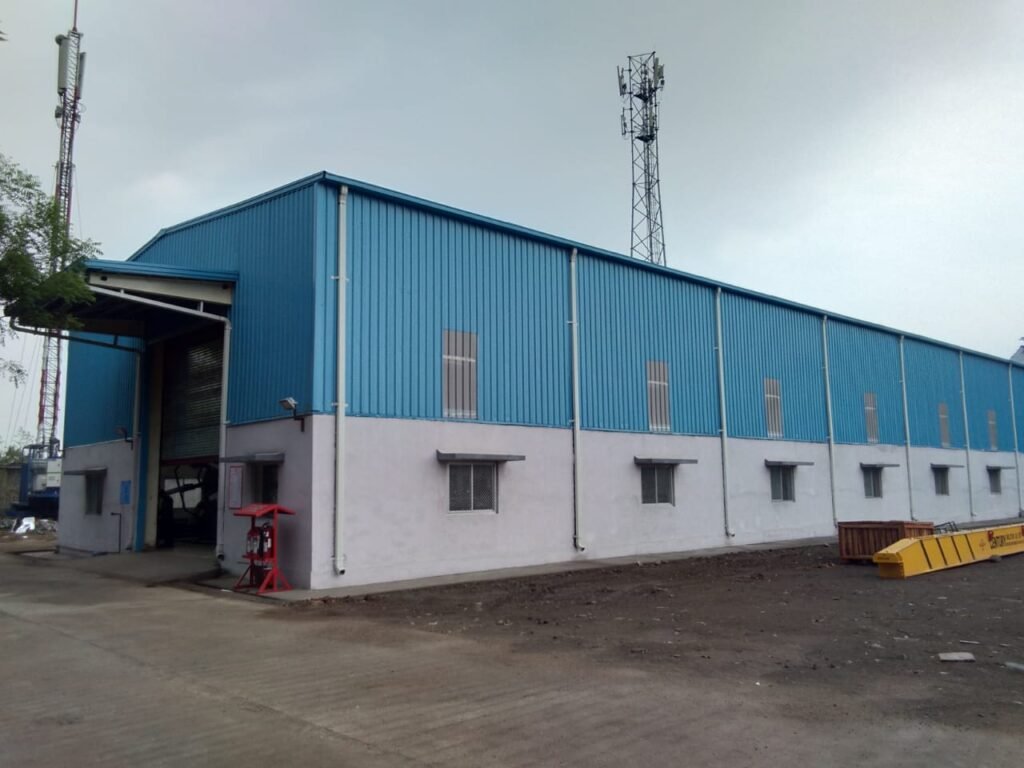With a global footprint across North America, South America, Europe, Southeast Asia, the Middle East, Africa, Canada, and Russia, Hibuild Steel International combines local expertise with global best practices to deliver superior ventilation solutions for PEB projects. Contact us today to explore how our ventilation solutions can elevate the efficiency and comfort of your next construction endeavor.




Our expertise as PEB steel manufacturers in China is pivotal in elevating the efficiency of PEB roofing projects. With our profound grasp of engineering principles and extensive industry experience, we specialize in crafting customized solutions that streamline every facet of the roofing process.
Our PEB roofing services stand out due to our commitment to quality, expertise in PEB construction, use of advanced technologies, and dedication to customer satisfaction. We prioritize delivering cost-effective, efficient, and durable roofing solutions that exceed our clients’ expectations.
In response to evolving industry demands, PEB steel manufacturers in China are at the forefront of adopting cutting-edge trends reshaping the landscape of construction. These trends reflect a concerted effort towards sustainability, efficiency, and innovation, with manufacturers incorporating advanced technologies and design principles into their projects to meet the evolving needs of clients and surpass industry standards.

 +971 52 807 8039
+971 52 807 8039